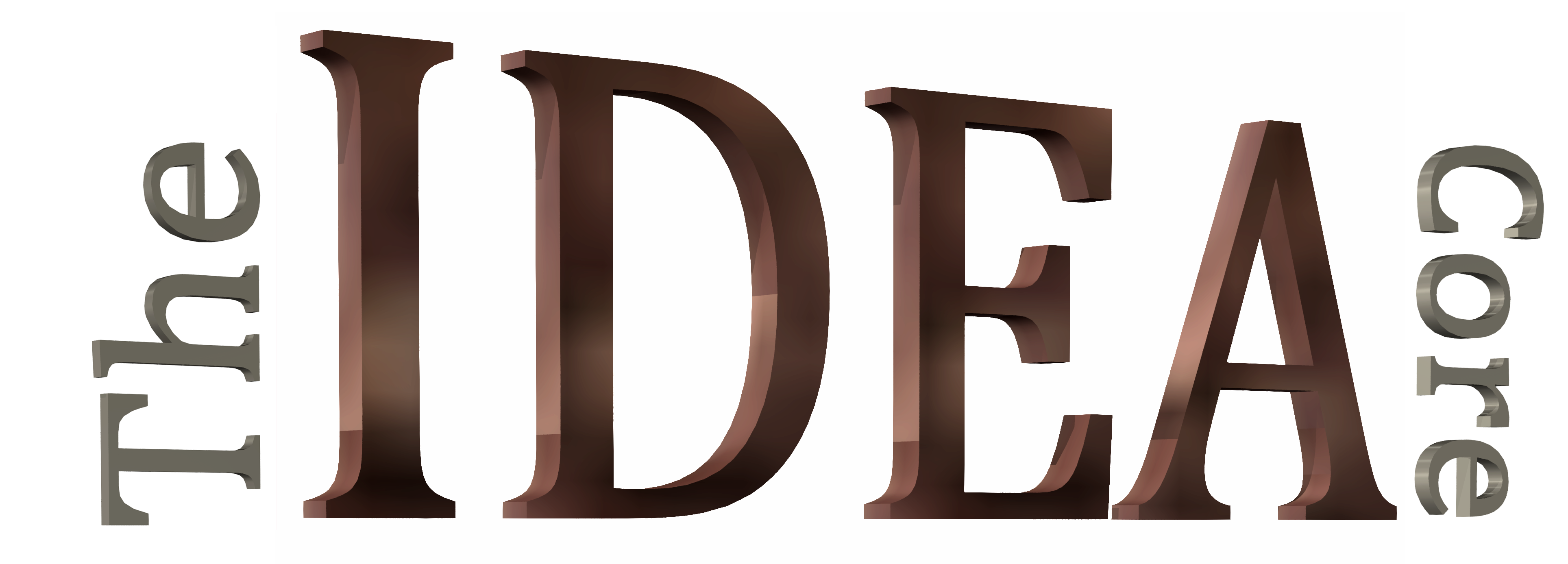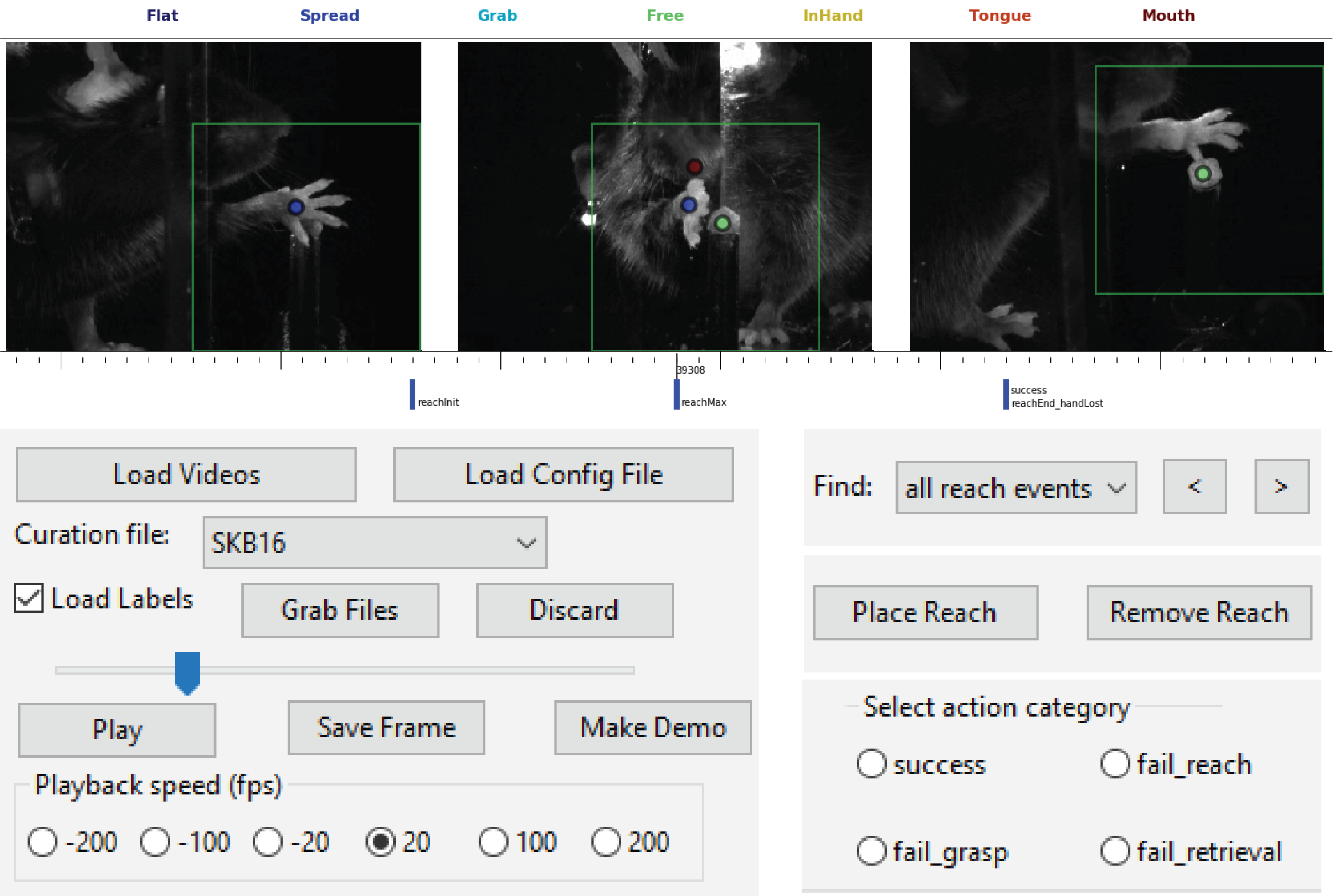
IDEA Core Mission
The Innovation and Design for Experimentation and Analysis Core specializes in the design and implementation of large-scale, integrated systems for acquiring and analyzing neuroscience data. If you have an idea for an experiment, but the ideal apparatus is not available commercially, then the IDEA core is here to help.
What We Offer
• Modifying an existing apparatus or data analysis pipeline
• Replicating a previously published apparatus
• Design, assemble, and deliver a novel apparatus
• Consultation or assistance analyzing data
Past Projects
CLARA: Closed-loop Automated Reaching Apparatus
“Our lab needs a device that automatically places a food pellet on a post, records mice reaching for the food, and tracks the hand in 3D for closed-loop stimulation upon successful retrieval of the food.”
- Cristin Welle
Head-fixed Mouse Panorama
“While a head-mixed mouse runs on a wheel, we need to deliver customizable visual stimuli on a panoramic screen while recording the pupils of both eyes of the mouse.”
- Alon Poleg-Polsky and Gidon Felsen
Radial Positioned Water Reward
“Our lab needs to automate an experiment where a water reward is delivered at various locations along a radius surrounding a head-fixed mouse from -90° to +90° from center.”
- Diego Restrepo and Abby Person
DeepLabClinic
In cooperation with the ONE core
“We need a mobile device for use in the neurology clinic that can acquire three-dimensional video of patients performing a hand-motion task with the assistance of a physician. For HIPPA compliance, the computer must be controlled without the use of a mouse, keyboard, or monitor.”
- John Thompson and Dylan Calame
CMAP: Compound Muscle Action Potential
“Our lab needs to perform electrophysiological recordings of stimulated rat sciatic nerves, but we have never done this in the lab, and we do not have any of the required equipment.”
- An-Jey Su
Foot-shock Paired with Odor Presentation
“A published apparatus would be ideal for increasing certain olfactory sensory neuron subtypes, and we have a few parts on hand, but we need help with construction and hardware management.”
- Stephen Santoro
Custom data acquisition and analysis software
Custom software written by the IDEA core can be adapted to suit the needs of an individual lab. The example below shows a graphical user interface which manages the camera data acquisition and also communicates with an Arduino that manages peripheral hardware such as stepper motors, servos, lights, etc.

The IDEA core is also able to assist with object tracking and other types of analysis, ultimately packaging the results in MATLAB, Python, or generic data structures. The example below is a graphical user interface that is used to curate and analyze data acuired by the CLARA system implemented in the Welle lab.

Starting a project with the IDEA core
If you have an experiment in mind that you would like to discuss, please send an email with a brief description of the idea. At our first meeting, we would have a discussion about the biological question of interest in your lab and come up with a general plan. If proof-of-principle is required for novel aspects of the task, I would conduct these tests to confirm that the general strategy is viable. Some projects benefit from having a complete CAD design to ensure that all parts are compatible, in which case I would generate that model. If all parties are satisfied with the model, timeline, and the projected cost, I would then proceed to build the device and generate any software required to manage the hardware. Finally, your lab can conduct the experiment of your dreams!

About the director
In 2011, W. Ryan Williamson earned a PhD in neuroscience from the UT Southwestern Medical Center, studying Drosophila photoreceptor development in P. Robin Hiesinger’s lab. He then transitioned into research focused on Drosophila escape behavior for his postdoctoral fellowship at the Janelia Research Campus in Gwyneth Card’s lab, where he also participated in building a 2-photon microscope. More recently, at the Anschutz Medical Campus in Cristin Welle’s lab, he developed the CLARA system, a closed-loop automated device for the study of mouse reaching behavior. Having conducted research in a wide variety of fields within neurobiology, the director of the IDEA core hopes to serve behavioral neuroscience labs at the Anschutz Medical Campus by constructing novel data acquisition systems tailored to their needs.
Core Manager
Ryan Williamson, PhD